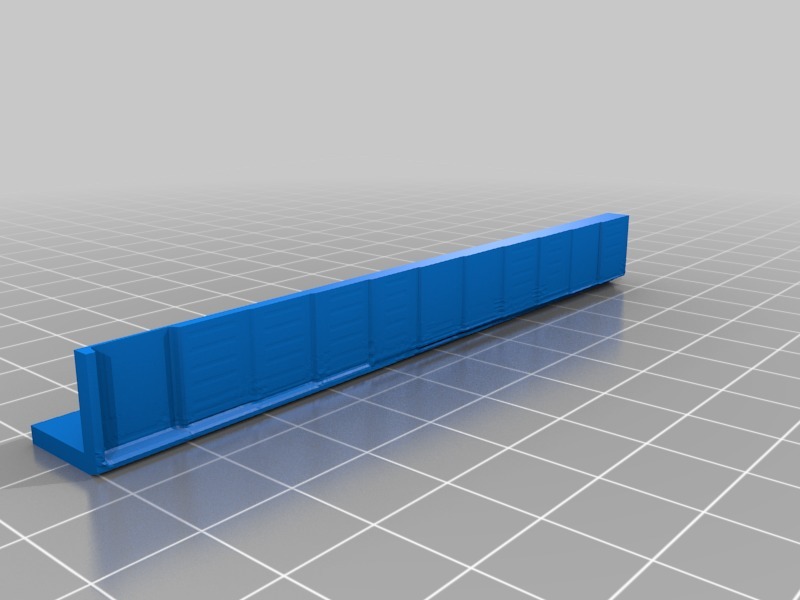
Filament Translucency Test Strip for Lithophanes
thingiverse
There is a lot of information about generating Lithophanes on Youtube.com, etc. They usually focus on the process of generating the final product, and often say that the user has to experiment with the settings that work best with the filament they are using. There are a lot of good ones, but I found this one is loaded with great technical information that can help in your understanding and making good Lithophanes. www.youtube.com/watch?v=KRdMwuBQQ0U The title is Getting to Grips with Lithophanes Here is a test strip that may help you determine which setting to use to get the best contrast range out of your Lithophane. The strip has 11 panels of varying thickness which show the ability of the filament being evaluated to display an even graduation of tone over the 11 section range, when back-lighted as a Lithophane must be. If this strip doesn't do a good job for your filament, scale it thicker or thinner and try it. The strip was generated by the Lithophane Generator at http://3dp.rocks/lithophane/ . The thickness of the strips at the thickest end is 4.0 mm. For a white filament, this may be a good setting. Scale the file in the thickness direction to get other test strips, or you can generate your own with the .JPG that is included. For filaments that are more translucent, a thicker one is necessary to get a good contrast range. The strips were generated from a grey scale test strip that I found on an image search. If you are good with a photo editor, you can generate your own grey scale test strip. This strip that this photo is illustrating is a precision tool for the professional use. It has a contrast range of 40:1 . I don't have any idea what the range of the sample I found is, but it is probably good enough to get an idea of where to start with the thickness setting when generating a Lithophane. The .STL file from the generator is not manifold. It may print OK, but have artifacts, even if you repair the file. Each panel should be only one tone. Disregard any glitches that might appear in one or more panels, and look for an acceptable tone at the ends and across the strip. The .STL with 'repaired' in the title was repaired a late copy of the development version of Slic3r. It may show more or less artifacts.
With this file you will be able to print Filament Translucency Test Strip for Lithophanes with your 3D printer. Click on the button and save the file on your computer to work, edit or customize your design. You can also find more 3D designs for printers on Filament Translucency Test Strip for Lithophanes.
